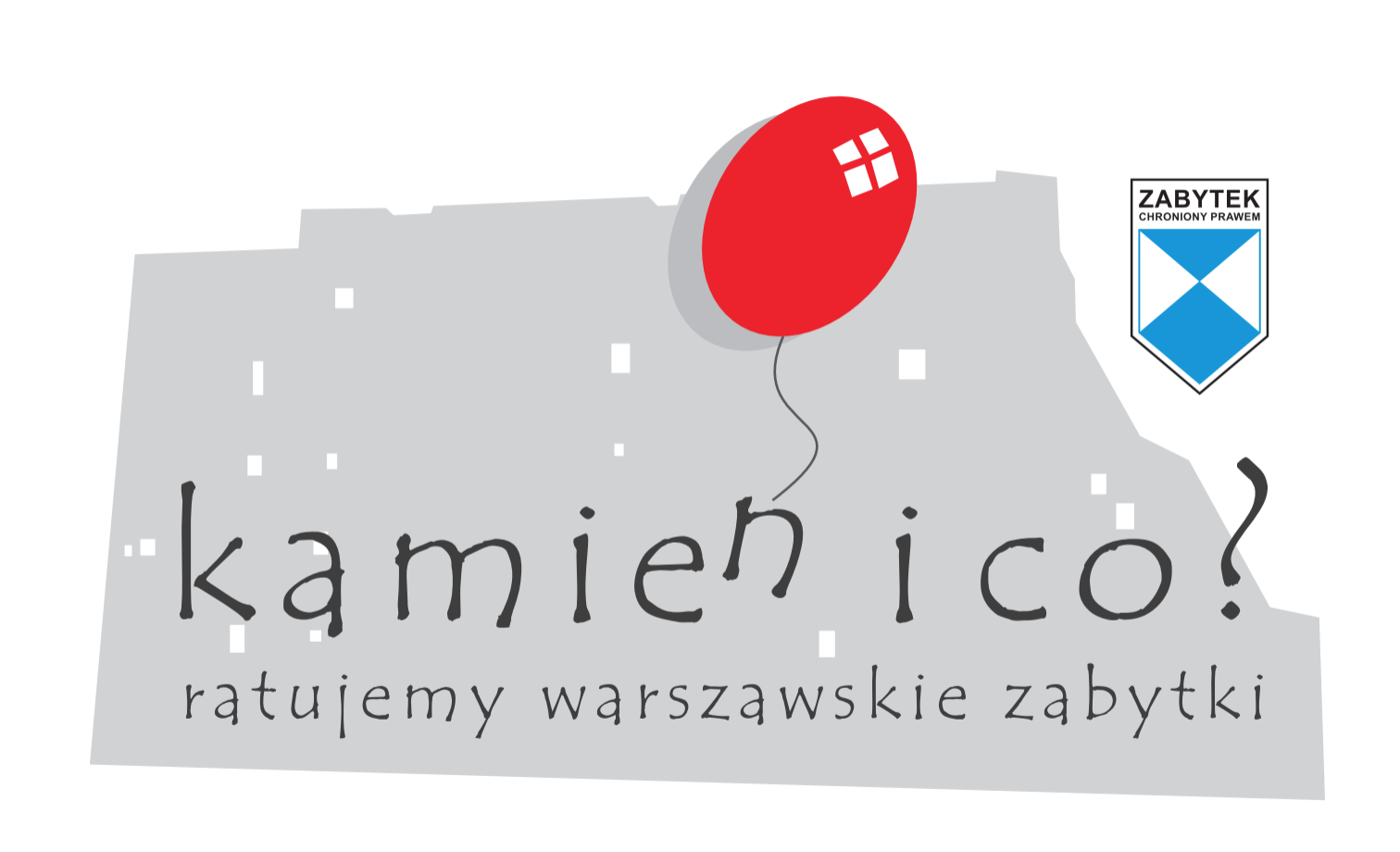

"Scala" Theatre
1 Dzielna Street
Mieczysław Weinberg spent his childhood in Warsaw’s revue theatres. He wasn’t only “hanging out” there, while his parents were working. Years later, the composer reminisced about helping his father during rehearsals and performances by playing the piano and maybe even conducting the orchestra. Unfortunately, we can’t be sure in which theatre Mieczysław debuted and it’s difficult to take a guess, as his father cooperated with virtually all permanent Jewish companies in Warsaw. He also performed with the most important “collegial” theatre troupes. One of the most famous Jewish theatres was located right next to the Weinbergs’ apartment at 4 Dzielna Street – all they had to do to get to work was leave the apartment and cross the street. What kind of music did the young Weinberg listen to there?
Henryk Ryba’s New Theatre
In May 1926, Henryk Ryba, the former co-owner of the “Central” Theatre (the one from 1 Leszno Street) opened his new theatre at 1 Dzielna Street. Its large floor space had already been used for theatrical purposes. During World War I, the Jewish theatre “Venus” operated in the building.
The building had a summer wall made from canvas. The rooms, therefore, required serious investments, so that performances could be held there throughout the year, and this was the entrepreneur’s ambitious plan. Construction works were being held even after the inaugural performance, throughout the summer of 1926, but the restorations made it impossible for the theatre to continue its artistic activity during the Autumn-Winter season. According to the “Warsaw Information and Address Register for the Year 1930”, the “Scala” Theatre’s auditorium held 580 seats.
The opening of the new theatre improved the Weinbergs’ living situation, as Shmuel became the manager of Scala’s music band and conducted its very first performance, inaugurating the opening of the theatre. Shmuel Weinberg also composed music for productions staged at this theatre, e.g., plays performed by the revue-satirical troupe operating under the name “Sambatiyon”. It was also the name of their first two-act play directed by Isaac Nohzik, with music by Weinberg senior, which was performed a couple of months after the theatre’s inauguration at Dzielna Street – as early as August 1926. It is, then, safe to presume that it was in this theatre that the young Mieczysław served his apprenticeship as a theatre musician.
All About the Profit
During the interwar period, the "Scala" Theatre was associated primarily with the light muse of cabarets, revues, song and dance, sentimental love stories, and storylines of complicated family ties that could often be seen as sensational. These kinds of performances shaped the sensitivity of the boy, who, after many years – as a mature musician – reminisced about the fascination, with which he observed his father conducting theatre orchestras, and about his affection for his father’s earnest and heartfelt melodies, which the latter composed and performed. Mieczysław was six years old at the time, so these memories must be dating back to the mid-1920s.
As the Jewish theatres were not subsidised, they were supposed to turn a profit for the investors. The programme was planned in such a way, so as to appeal to the audience.
It was the poorer classes, workers, craftsmen, petty tradesmen, and private officials, even the lumpenproletariat that constituted the vast majority of the audiences in Jewish theatres. Since the dawn of Jewish theatre, it has always been of a folk, plebeian character, and so it was in the interwar period in Warsaw.
– Jewish stage actor and director Marian Meir Melman (1900-1978) wrote about his pre-war experiences.
World War II on 1 Dzielna Street
The outbreak of World War II and the Warsaw Ghetto Uprising did not bring an end to the artistic life of the building at 1 Dzielna Street, although in September 1939, the building itself partially burned down. However, it was quickly renovated and as early as December 1940, a new theatre, “Eldorado”, began operating there. There were rumours in the ghetto about the theatre’s management suspicious contacts with the Germans who helped obtain permits to stage plays. People enjoyed the atmosphere of "joyful oblivion" – at least for the few hours of the performances. Theatre activity didn’t elicit such moral contempt within the walls of the ghetto, as it did outside of them. The permits to perform gave Jewish actors, dancers, and musicians a chance to earn money and obtain food. In the ghetto, the highest token of appreciation was a sandwich, not flowers. The “Eldorado” theatre operated for 20 months, until the summer of 1942. During that period, 20 plays premiered on stage at Dzielna Street, but the remaining playbills from that time do not include the names of Mieczysław Weinberg’s parents or sister.
A Mound of Rubble with a Theatrical Past
Today, at the site of the “Scala” theatre, there is an apartment building, erected during the first stage of construction of the Muranów district, built to a design by Bohdan Lachert. The post-war building was set on a high mound piled up from the rubble of tenement houses.
The decision to construct new buildings on the ground that was levelled, but not cleared out of the debris, was deliberate. The newly emerging Muranów was being built as a memorial settlement, and its new inhabitants were supposed to breathe new life into the rubble. The metaphor was actualised quite literally here by leaving the mounds as they were and by manufacturing bricks from crushed-brick concrete – an experimental material with the addition of ground-up rubble.
What is more, this progressive idea had practical justification.
In order to get rid of this amount of debris, an army of ten thousand labourers would have to be employed permanently for over three and a half years, as well as narrow-gauge and broad-gauge trains constituted by 420 cars and 4 railway engines, which at that time would have to operate, transporting rubble from 7 loading bays. A cost-benefit analysis shows considerable savings in the case of using foundations deepened by the rubble layer, as opposed to levelling the area by removing the debris.
– Bohdan Lachert argued in the “Architektura” [Architecture] magazine in 1949.








